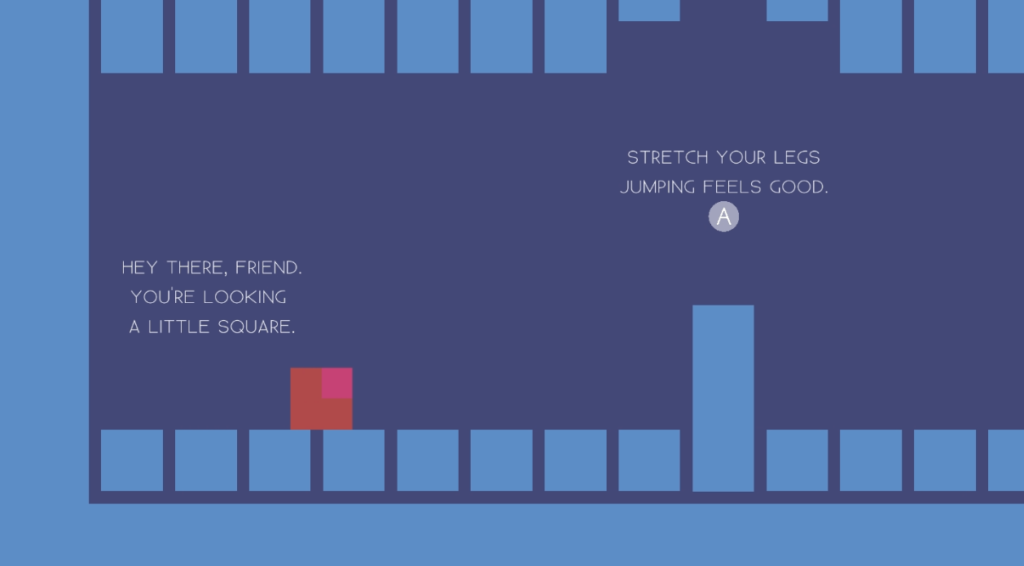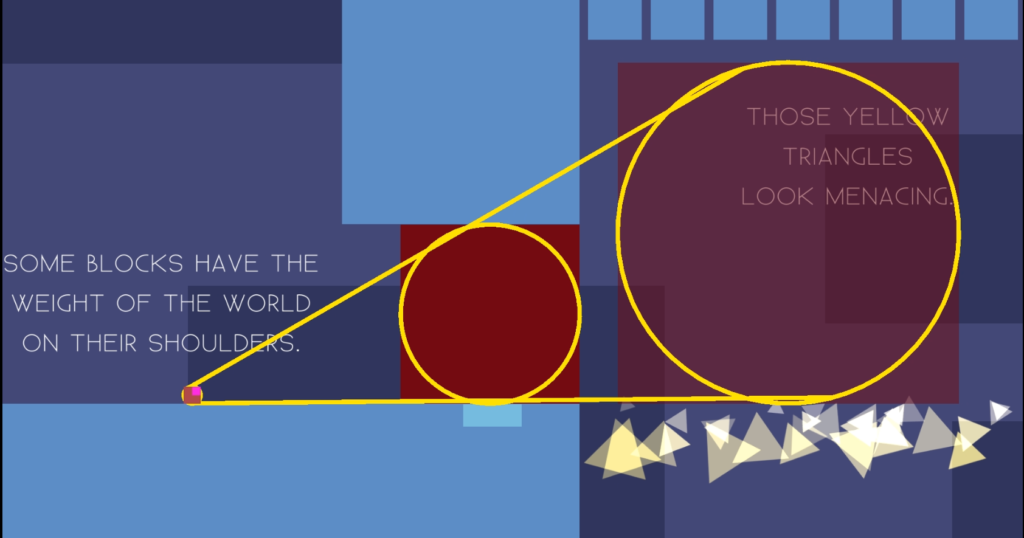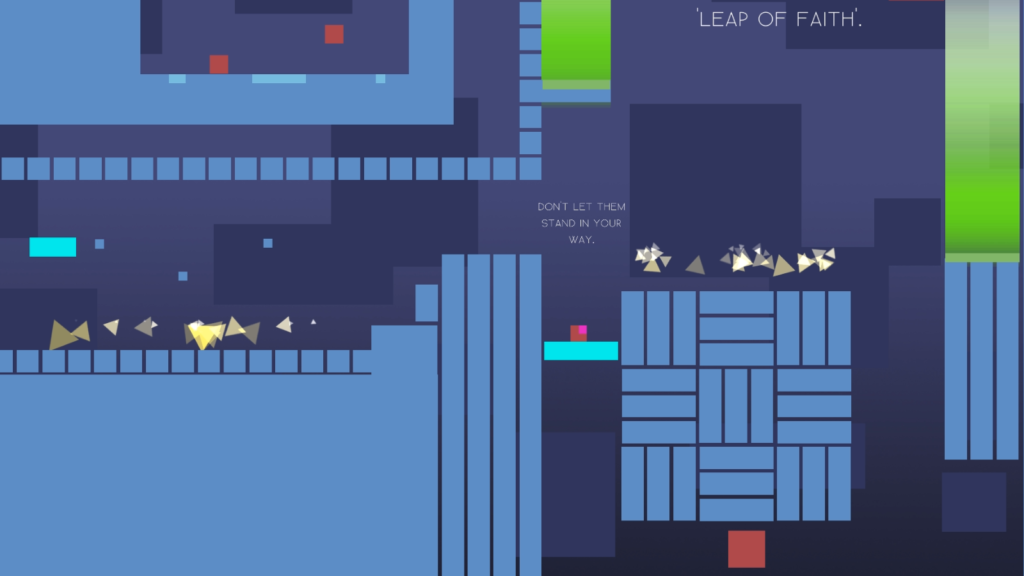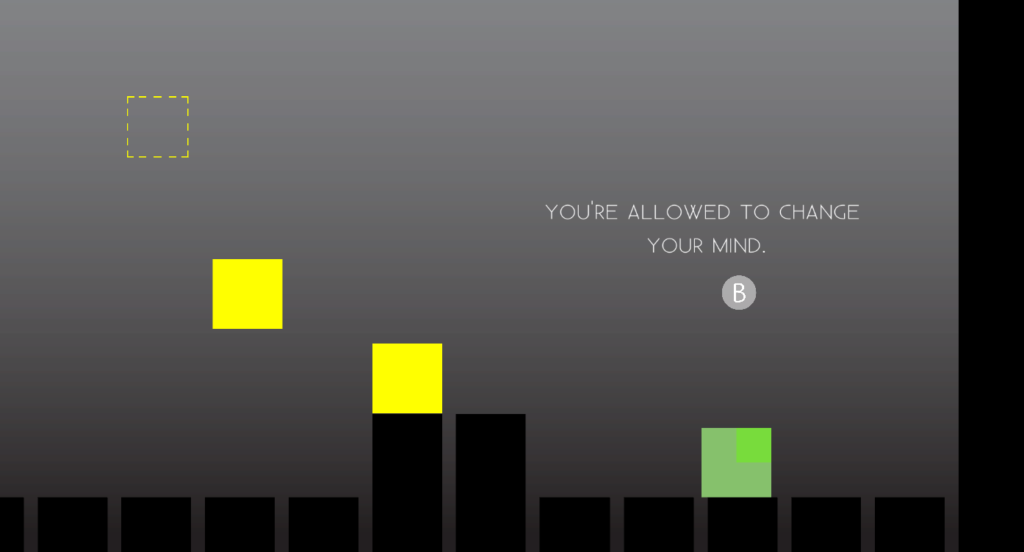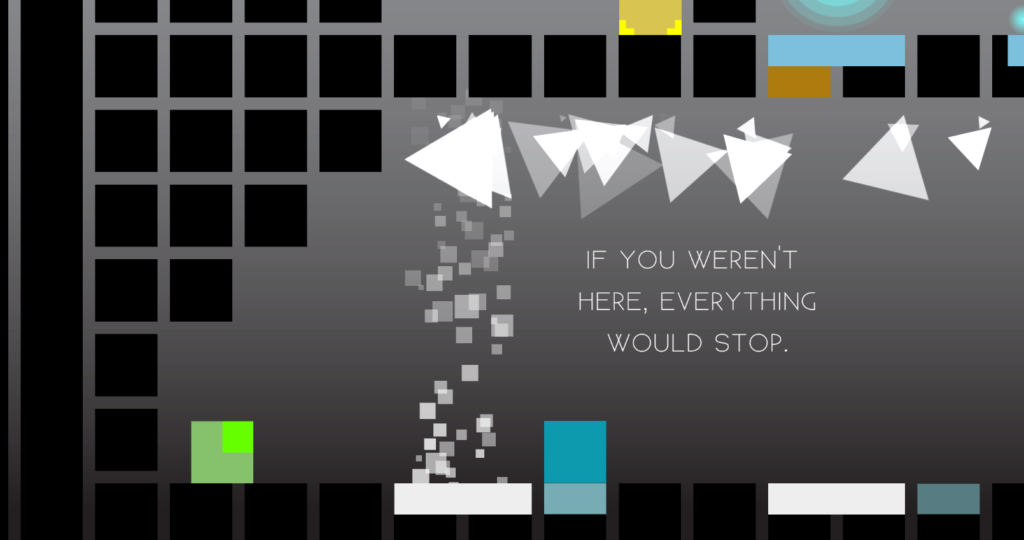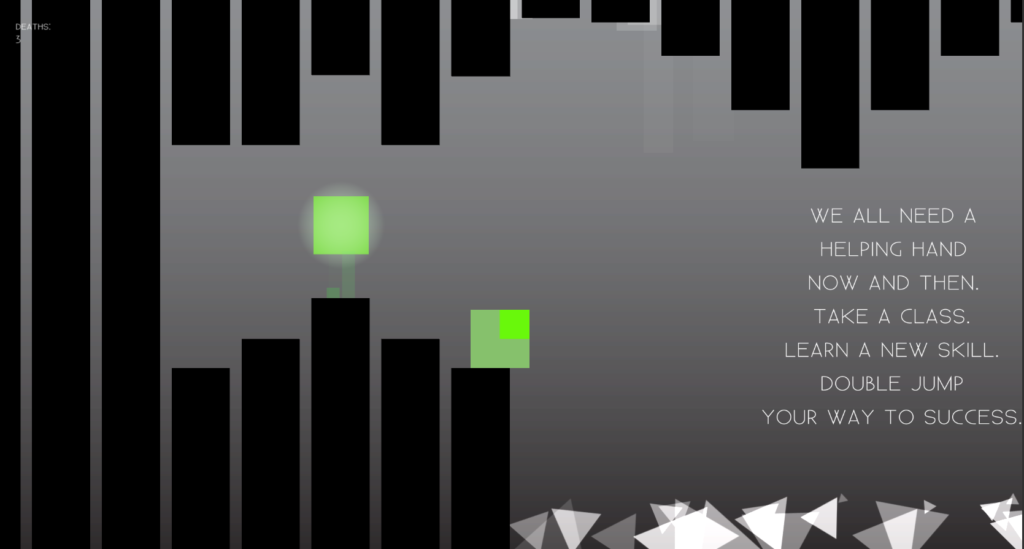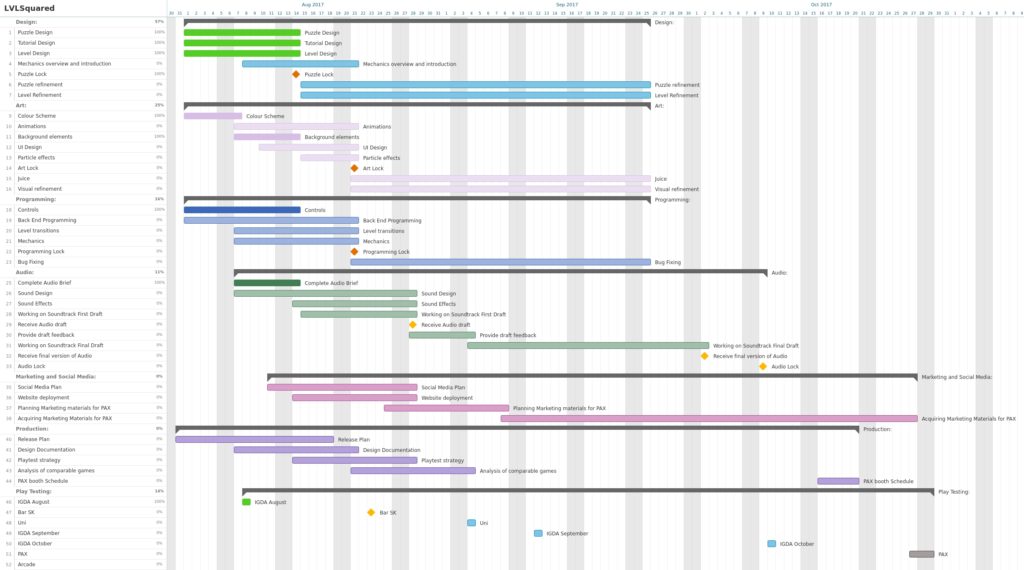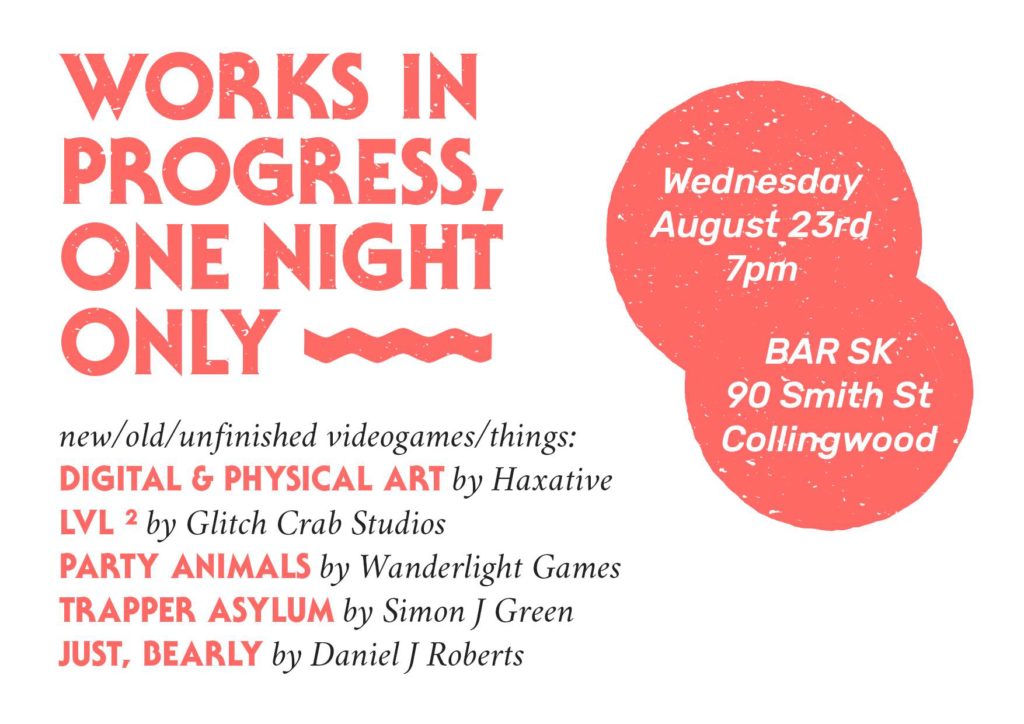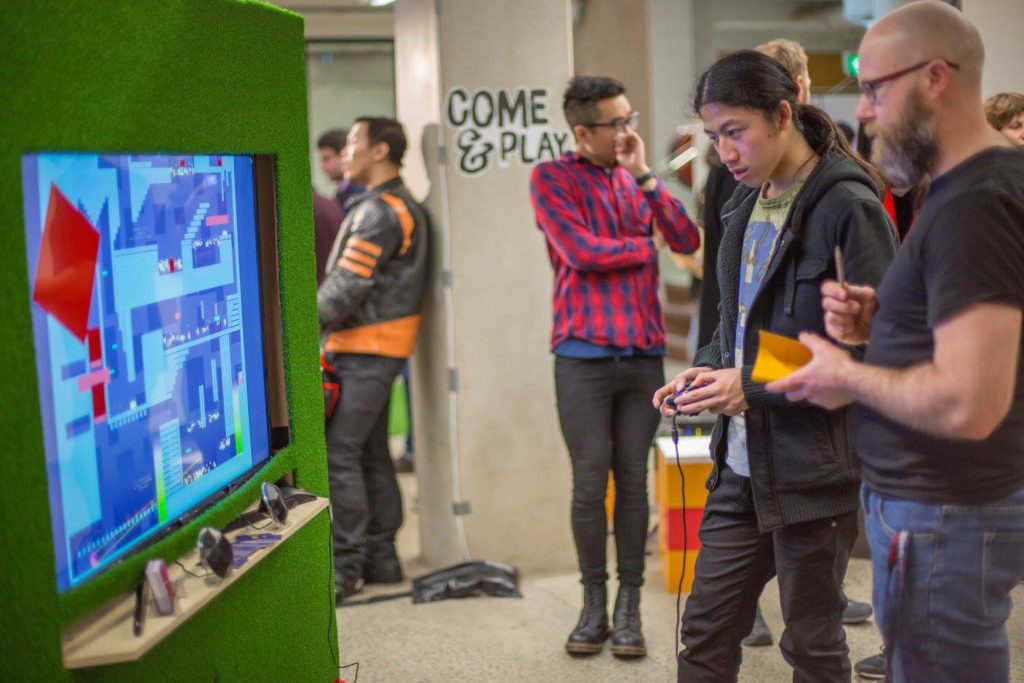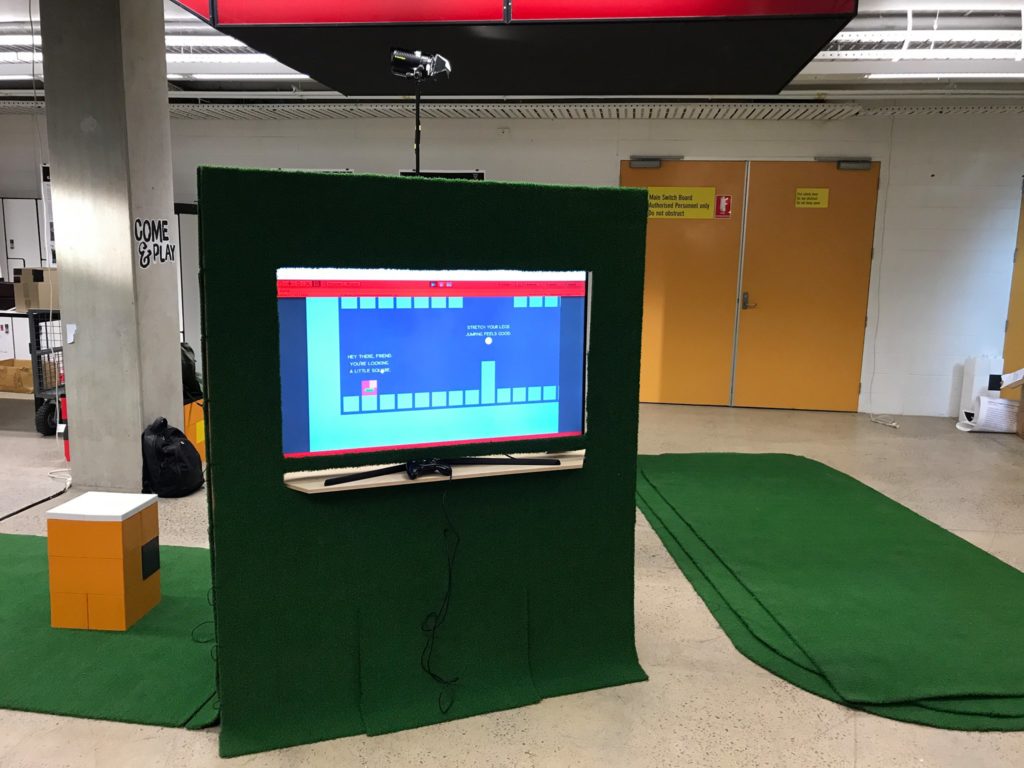So we had our big public play test at Bar SK last week. And it all went really well!
We went the whole night with a single build of the game running. No restarts, no crashes, no game breaking bugs. I was really happy to see that, especially with how poorly our very first playtest for FourShadow went back in April.
There weren’t any particular problems with the game either, no-one got hopelessly stuck anywhere, nothing happened that we were completely surprised by and no-one managed to pull off any moves that broke or short circuited anything.
Basically, I’m saying the playtest went really well, and most of the findings that we had were for small improvements in the game that we have rolled into our work program for the coming weeks.
Speaking of our work program – what is on for the next few weeks leading up to PAX?
We are feature locked now, and last week’s playtest proved that our game is stable and playable from start to finish. So this leaves two things for us to do:
Polishing and Playtesting!
That’s right, we’ve got a pretty full program of public playtests over the coming months, and between that we are going to be working away to make sure that the games looks absolutely the best that it possibly can.
We heard a talk at uni this week from Cam Rogers on legal matters relating to game development.
It was mainly focusing on what would be required if we were considering forming a studio following uni and the matters that we would need to keep in mind.
But there were also some things in there that are more immediately of concern. Namely, who owns the game that we are making right now, and what rights the group and each member of the group will have going forward.
At the moment, it’s all kind of a mess. No-one really has sole ownership over anything, and if there is any sort of falling out, or someone goes missing, we’d be hard pressed to do anything further with the game without some serious overhauls.
So I’ve been looking into drafting a sort of contract for all of the team members to sign to cover the following matters:
- Monetising.
- Publishing.
- Using the game in a portfolio.
- Doing further work on the game following the end of university.
- Continuing to work on the game if not all members want to do so.
- Continuing to work on the game if members become un-contactable.
This is just going to be a very basic document that will go over all of the matters. I have no doubt that it wouldn’t stand up to a serious legal challenge, but it will at least ensure that everyone is on the same page for the rest of the semester and beyond.
I have to admit, that this has also been prompted by being caught out by this to an extent. A game we made last year – Light My Way – is not able to be put up on itch.io because we are unable to contact one of the team members any more.
So this will hopefully prevent anything like that happening this time, and people will be able to play LVL2 once we are finished with it.
